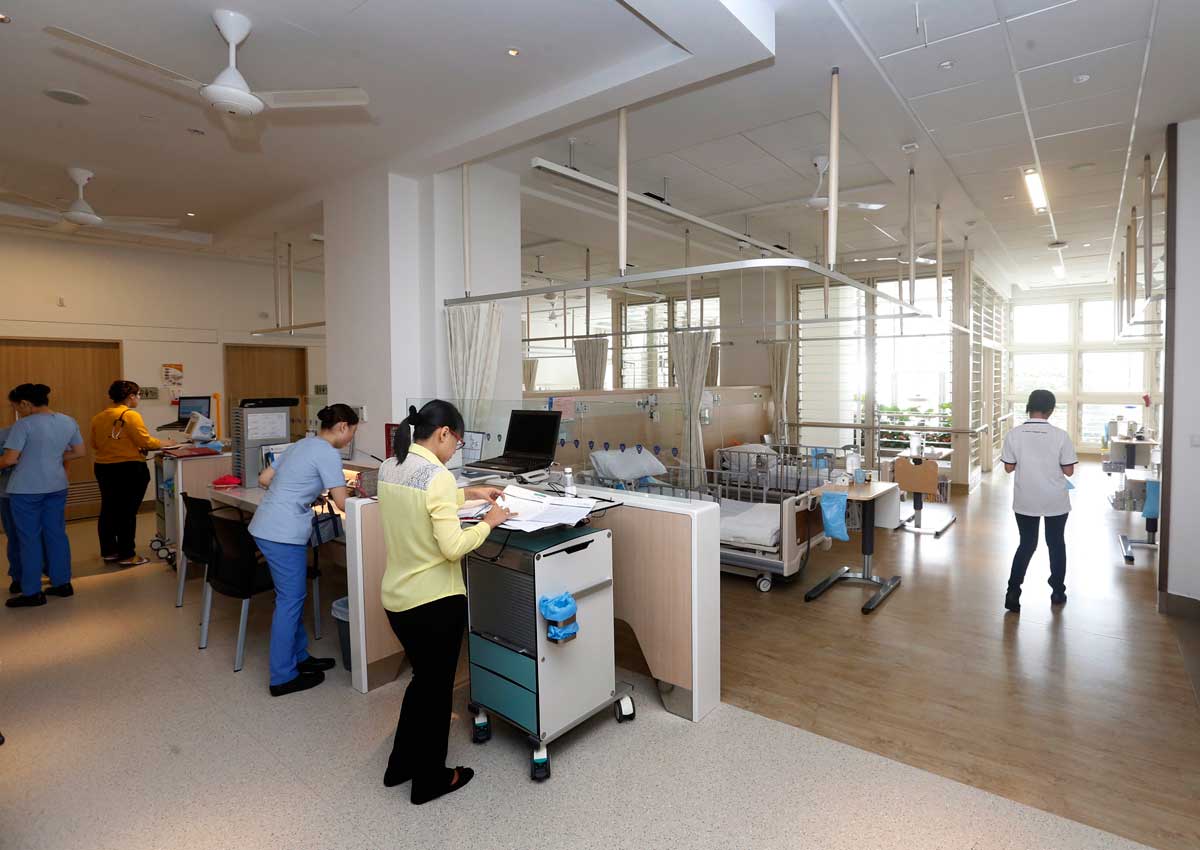They came in droves – Indonesians, Thais and Malaysians – to receive quality medical treatment in Singapore’s private hospitals.
But 15 years on, Singapore’s ambitions to become a healthcare hub appear to be receding quietly.
The region’s well-heeled medical tourists are looking elsewhere for treatment, meaning that local players have had to extend their reach abroad.
According to figures from the Singapore Tourism Board, medical tourism receipts stood at $1.1 billion in 2012, dropped to $832 million the following year, before going up slightly to $994 million in 2014.
Last year, the board stopped providing the figure.
Instead, medical tourism was placed under a generic category called Others, which includes money tourists spend on local transport, education and business.
This stood at $5.8 billion last year.
The STB declined to comment on the change.
It is quite a change from the days in 2002, when the Economic Review Committee said that healthcare was an exportable service that could boost economic growth.
The main reason Singapore is falling behind is that hospitals in countries such as Malaysia and Thailand have stepped up their game, said Mr Jean-Luc Butel, president of consulting firm K8 Global.
While they may not have the state-of-the-art technology that Singapore’s private hospitals possess, they can carry out standard surgery at a fraction of the cost.
“There are outstanding surgeons in a lot of these countries; they may not be the best in the world, but they are fully qualified,” Mr Butel said.
“This makes the competition very, very tough – our ability to attract the low- or medium-budget traveller is virtually gone.”
Dr Zubin Daruwalla, healthcare director of PwC South East Asian Consulting, said that while it is still possible for Singapore to keep its spot at the top for medical tourists, costs must come down.
“The value of the Singapore dollar and its appreciation make us less affordable… flight and accommodation costs also contribute to this, especially if patients require regular follow-up,” he said.
In Singapore, a relatively low-cost total hip replacement surgery at a private hospital would set a patient back around $14,000.
In comparison, the same procedure at Mahkota Medical Centre in Malaysia – which treats more than 80,000 foreign patients a year – costs the equivalent of only $8,800.
A basic single room at Farrer Park Hospital costs $562 a day.
The equivalent in one of hospital services company Columbia Asia Group’s hotels in Indonesia is $77.
In the face of all this, some hospitals have developed innovative ways to make medical travel about more than just treatment.
At Farrer Park Hospital, where foreigners make up half the number of patients, a tablet can be used to view medical records, order meals and even shop online, and have the purchases delivered to a location of the patient’s choice.
Thomson Medical, on the other hand, refers patients from its centres in Malaysia and Indonesia here – or vice versa – if they require technology or expertise that is not available readily in their home country.
“If we can manage our services and costs properly, maintain our high standards of… care, there is no reason why Singapore cannot be at the forefront of not just the regional, but also the global medical tourism market,” said Mr Roy Quek, chairman of Thomson Medical.
He added that Singapore will always be a popular destination for complex treatments, a sentiment echoed by Dr Kelvin Loh, chief executive of Parkway Pantai’s Singapore operations division.
“There is a growing trend of international patients coming to Singapore for complex medical treatment,” he said, adding that its ability to handle such cases has drawn patients from new markets such as China and India.
“We are also expanding by opening new hospitals overseas.”
Dr Beng Teck Liang, chief executive of the Singapore Medical Group, said his company recently took the “forward approach” by partnering Indonesia’s Ciputra Group to set up an eye-care centre in Jakarta.
Dr Beng said: “Although we are still able to attract foreigners to Singapore for medical tourism, we should also reach out to these emerging countries.”

This article was first published on Oct 17, 2016.
Get a copy of The Straits Times or go to straitstimes.com for more stories.






